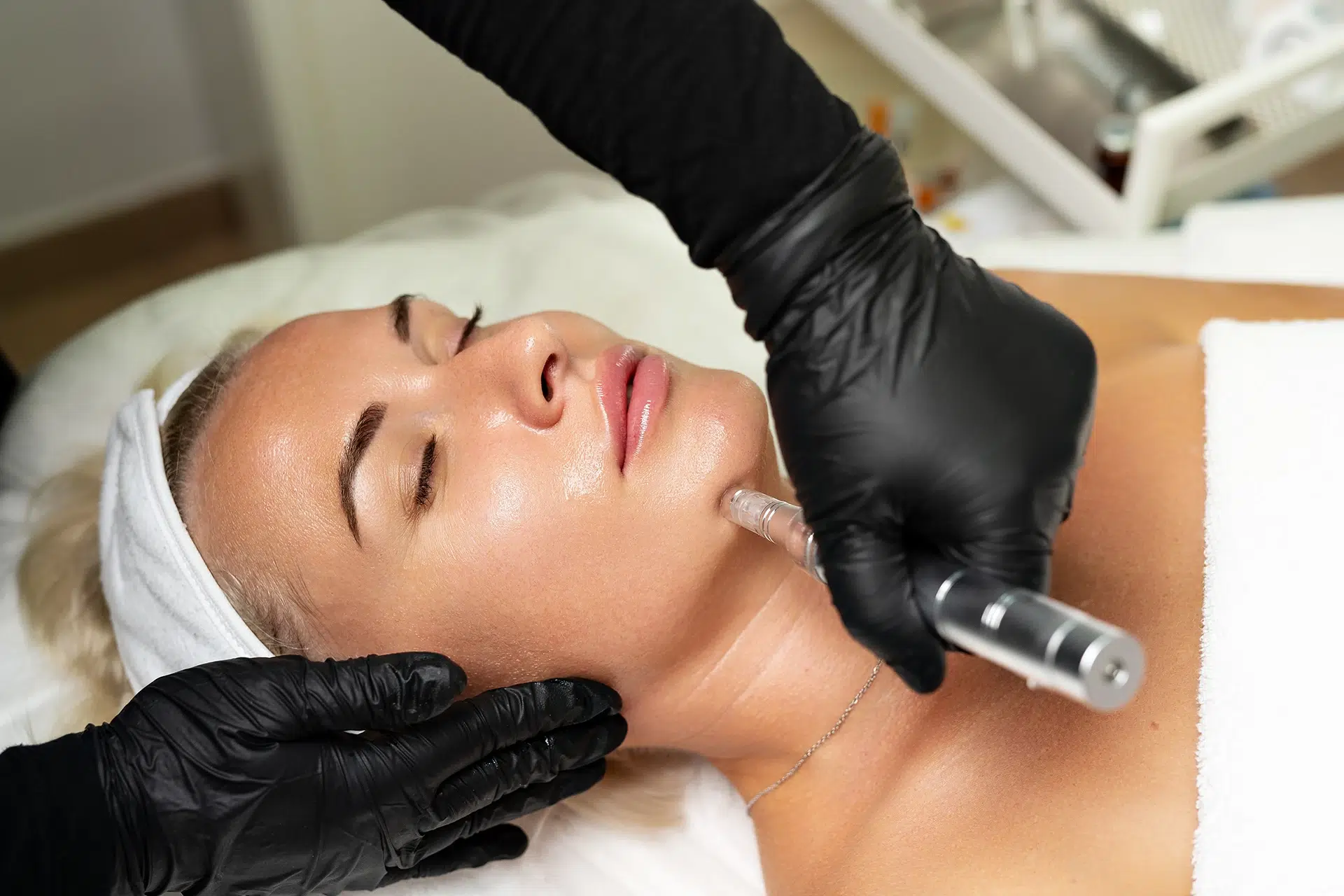You Are a Young Man with Thinning Hair: Why Is This Happening and What Can Be Done to Stop It?
It was a hard blow for anyone to take, but when you see the balding spots appear on your hairline in your early twenties, it’s not easy to ignore. You might think it’s just stress or a response to a new job or lifestyle, but if you’re losing more than 150 hairs every day, it isn’t something that can be ignored.
If you are experiencing hair loss at such an early age, chances are you have inherited this condition as an autosomal dominant trait from one of your parents. This is known as genetic hair loss, and it affects more than 50% of men by the time they hit their mid-forties.
This article will help you recognize different types of hair loss in men and look at potential solutions to combat these issues before they become even more severe problems.
What Is the Cause of Young Men Shedding Hair?
Certain infections or diseases may be causing your hair to fall out and it is important to rule those conditions out early. You may be experiencing a short-term hair loss condition known as telogen effluvium, caused by a traumatic event or severe shock to your system. Short-term shedding is normal and expected, but chronic or long-term hair loss could be the start of Androgenetic Alopecia or Male Pattern Balding and you should see a medical professional such as a dermatologist or a hair loss specialist like Emil Shakov, MD, the medical director of The Youth Fountain in Freehold, New Jersey. There are many reasons your hair may fall out, but they are usually treatable.
Telogen Effluvium Is a Shorter Duration Shedding Experience
Telogen is a phase in the hair cycle where the hair follicle is resting before it is ready to be pushed out and replaced by a new hair strand. An excessively large proportion of hairs on your head entering the telogen phase and resulting in an increased amount of hair loss is known as telogen effluvium. This process can occur after a major stressful event like surgery, serious illness, a death in the family, or a traumatic experience. More hair may accumulate on your hairbrush, pillow, or shower drain. On the bright side, telogen effluvium is temporary and usually reversible, which means the hair eventually starts to grow back again.
Male Pattern Balding (MPB) Or Androgenetic Alopecia Is the Primary Reason for This Experience
While a lot of men experience thinning hair as they age, stress, poor nutrition, and certain medications can cause this to occur earlier than expected. All too often I see very young men who have noticed thinning hair and have been balding for several years, with some of them in their early 20s. Some of these men have no family history of baldness in their family and they are often the first ones to experience this difficult condition. Male Pattern Balding or Androgenetic Alopecia is typically an inherited condition that tends to be common among family members.
Hormones are also thought to play an important role in this condition particularly DHT, a hormone that is derived from testosterone. The hair loss pattern is very typical usually causing the hairline and temples to recede followed by diffuse thinning and balding on the remainder of the top of the scalp. Alternatively, the back of the head typically referred to as the crown can become bald independently or in conjunction with the hairline. If you are experiencing this type of hair loss then you want to seek treatment early to arrest the hair loss or potentially reverse it.
So What Can Be Done to Stop the Hair Loss?
The good news is there are many options and the earlier you seek treatment the better your chances are for success. I always advise all my patients to try medical therapies first before seeking invasive options like a hair transplant. Finasteride is the primary medication I recommend for all my male patients seeking to slow down or possibly reverse MPB.
This medication blocks the conversion of testosterone to DHT. This will lead to decrease hair loss and increased hair growth. This effect will only occur as long as you take the medication. Erectile dysfunction is a potential side effect with the oral version of this medication but fortunately is less than 2%.
Minoxidil is another medication thought to be a hair growth stimulator. Minoxidil acts by shortening the telogen phase which may induce telogen effluvium after the initiation of minoxidil therapy. You may see an increase in hair loss when you start this medication. It can also extend the duration of the anagen phase or the active growth time of the hair. The effects can occur after eight weeks of treatment and may take four months to see the maximal results.
Low-Level Laser Therapy (LLLT) has been reported to stimulate hair growth in androgenetic alopecia (AGA) and was approved by the US FDA in 2007. It is known to stimulate telogen hair follicles to re-enter the anagen phase, prolong the duration of the anagen phase, and increase the rate of growth of the hair follicles. Combining LLLT with topical minoxidil solution and oral finasteride may act synergistically to enhance the results.
Conclusion
Hair loss is a difficult thing to address, and it can be hard to determine the cause and the best treatment for it. If you are experiencing hair loss, it’s important to visit a doctor who specializes in hair loss like Dr. Shakov to rule out any underlying conditions that may be causing it. Hair loss can be treated which is why it is important to see a hair loss specialist. This way a diagnosis can be made and a solution can be offered. I always go over all options for my patients from medications, medical devices, and injectable treatments like Platelet Rich Plasma or PepFactor for scalp, and hair transplantation.
During a consultation, my patients are fully informed of all their options so they can choose what is right for them.



